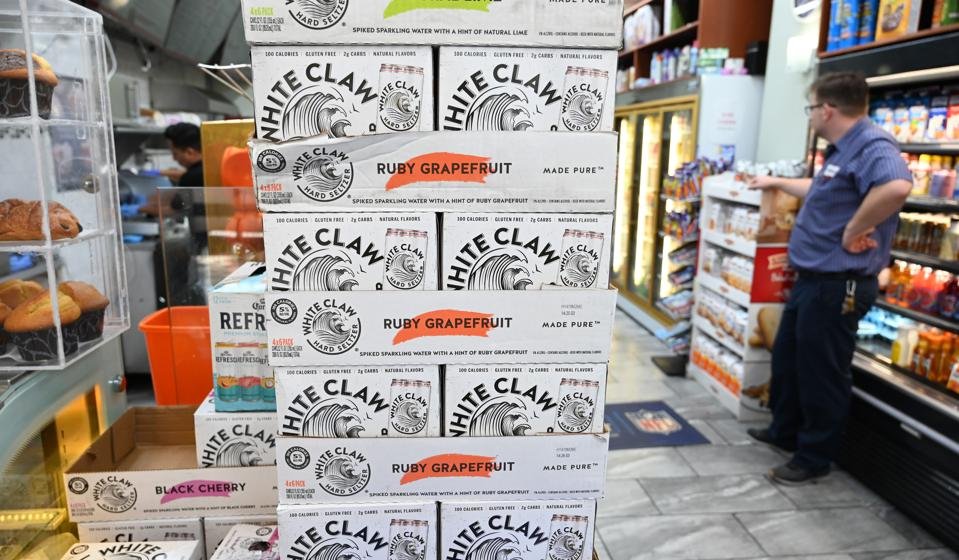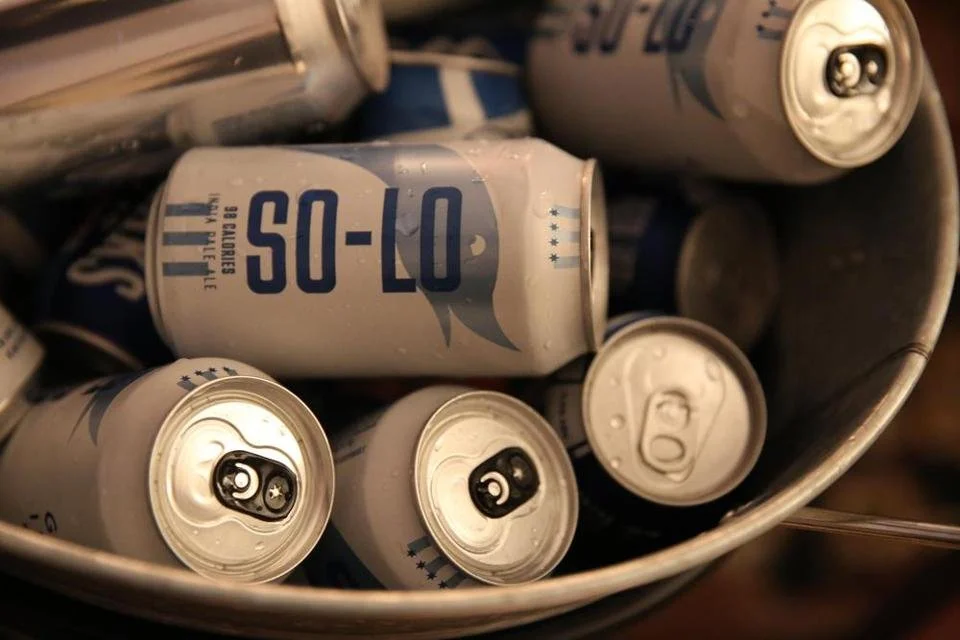2019’s Drink Trends: Tito’s Top Spirit In U.S.; No/Low Continues To Grow
Originally published in Forbes.
If you ordered a Tito’s cocktail last year, you have company. The vodka brand is now the top-selling distilled spirit in America, dethroning Smirnoff.
That’s according to a new report by IWSR, which collects data on the global beverage market. Vodka remains the top-selling spirit in America by volume; Tito’s Handmade Vodka, which jumped 20% in sales last year, can now claim top status.
Americans were also drinking mezcal and Japanese whisky last year. Those two categories grew by 40% and 23%, respectively.
If Americans were drinking spirits, then they weren’t drinking wine. According to the data, wine sales dropped in 2019. It’s the first time in 24 years that sales in this category have dropped, even as the sparkling wine category grew by 4%. According to IWSR, wine accounts for 11% of total beverage alcohol in the U.S.
Other findings: the ready-to-drink category surged by almost 50% in 2019, pushed in part by the popularity of hard seltzers like White Claw. Canned cocktails also contributed to the surge in the RTD category. The ready-to-drink category may have cannibalized its next adjacent category: beer.
Beer sales, by category, dropped by 2.3%. Craft beer sales, however, were up (4.1%), and so were sales in the no- and low-alcohol category. The rise of low- and no-alcohol was predicted; IWSR’s previous report, published in Jan. 2019, which found the 52% of Americans said they were looking to reduce their alcohol intake. Last year’s report also noted that while Dry January continues to grow in popularity, data points to people extending their mindful drinking throughout the year. In 2019, low- and no-alcohol sales in the U.S. posted a gain of 6.6%, beating the industry forecast of 5.6%.
According to IWSR Drinks Market Analysis, the volume of low/no alcohol products in the U.S. was about 13 million nine-liter cases, up 8.3% from 2017. All told that’s still only about 0.5% of the total U.S. beverage alcohol market, which means there’s a lot of room to grow. IWSR forecasts that the category volume will grow by over 35% between 2018 and 2023. One important note: Because low- and no-alcohol spirits, such as Seedlip and Ritual are so new and still small in the U.S., there is no data yet. The data above reflects sales for low- and no-alcohol beer and wine.
Brands, of course, are taking note. This month, Anheuser-Busch debuted several new low- and no-alcohol products, including Golden Road’s Mango Cart Wheat Ale, a non-alcoholic light beer inspired by Los Angeles’s fruit vendors, and Goose Island’s So-Lo, a low-calorie beer with IPA-worthy hoppy notes and 3% ABV.
Distill Ventures, a Diageo-backed drinks accelerator, has followed the non-alcoholic space for several years. "We do see the trend continuing to grow," Distill Ventures North American portfolio manager Heidi Otto says. "Going into 2020, I hear over and over that the consumer is all about choice. They want to be able to go out any time, any place and have an experience that allows them to have any type of drink that they want."



